Destinations
Tarangire National Park
The Home of elephants
Located in northern Tanzania, Tarangire National Park is a scenic and less-crowded safari destination known for its large elephant herds, ancient baobab trees, and diverse landscapes. Covering over 2,600 km², the park features open savannahs, seasonal swamps, and rolling hills. Tarangire offers a genuine wilderness experience with rich wildlife and fewer tourists perfect for those seeking a more peaceful and intimate safari.
Attractions found in Tarangire National Park
Wildlife
Tarangire is famous for its large elephant herds, often seen in groups of up to 300.
The park also hosts a wide variety of animals including lions, leopards, giraffes, zebras, wildebeests, buffaloes, and numerous antelope species. It’s also a birdwatcher’s paradise, with over 500 bird species recorded, including colorful bee-eaters, hornbills, and the rare yellow-collared lovebird.
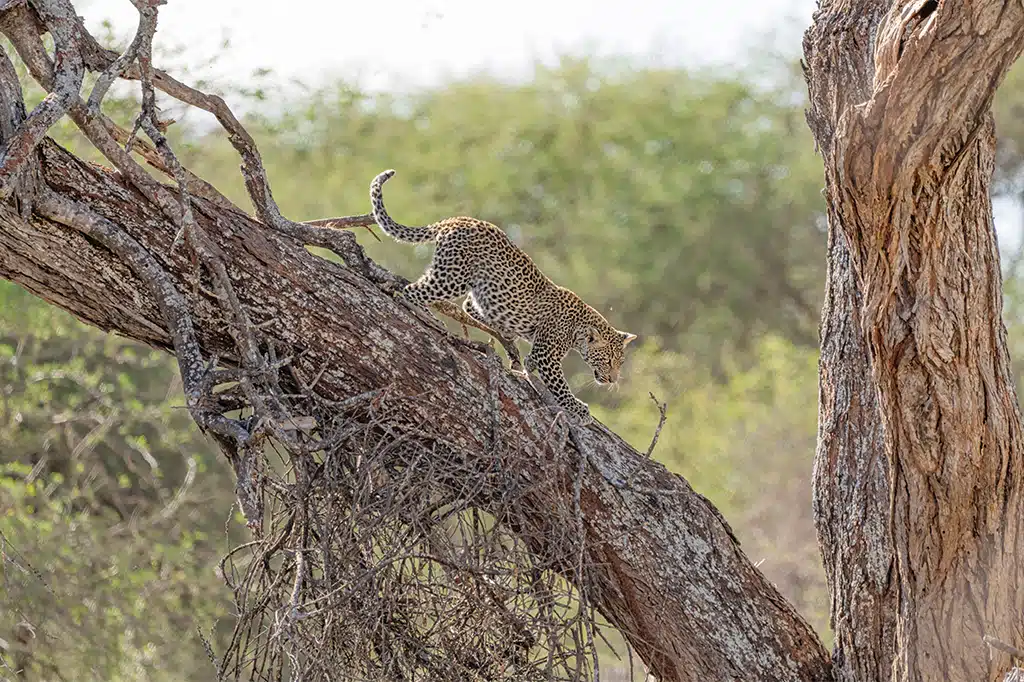
Baobab Trees
The landscape of Tarangire is dotted with giant baobab trees, some estimated to be over 1,000 years old.
These iconic trees not only define the park’s scenery but also serve as vital sources of food and shelter for birds, insects, and animals. Their massive trunks and unique shapes make them one of the most photographed features in the park.
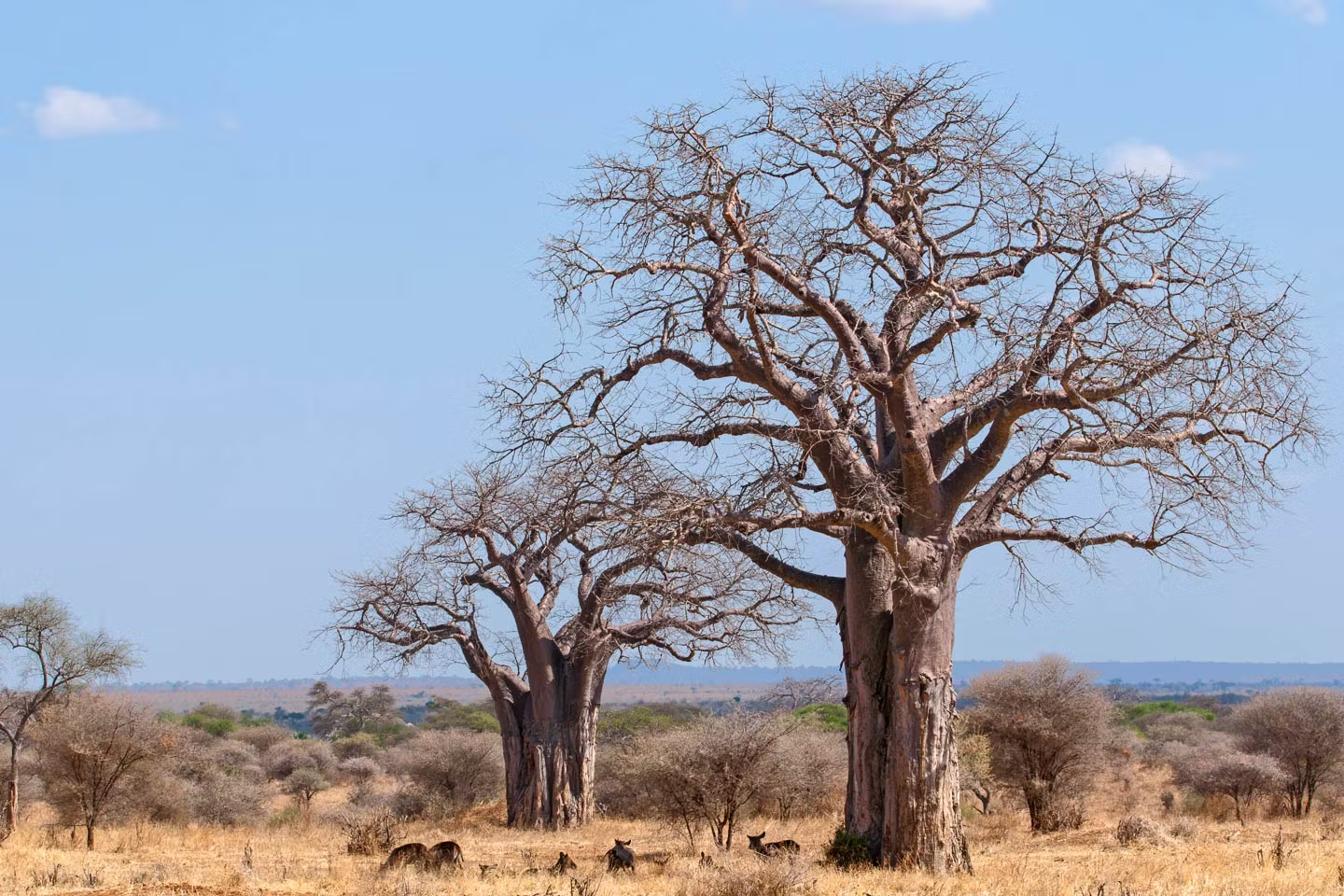
Tarangire River
The Tarangire River is the park’s main water source and a lifeline for wildlife, especially during the dry season (June–October). As surrounding areas dry up, animals migrate to the riverbanks, making it the best spot for game viewing. Visitors often witness dramatic scenes of predators and prey gathering for water.
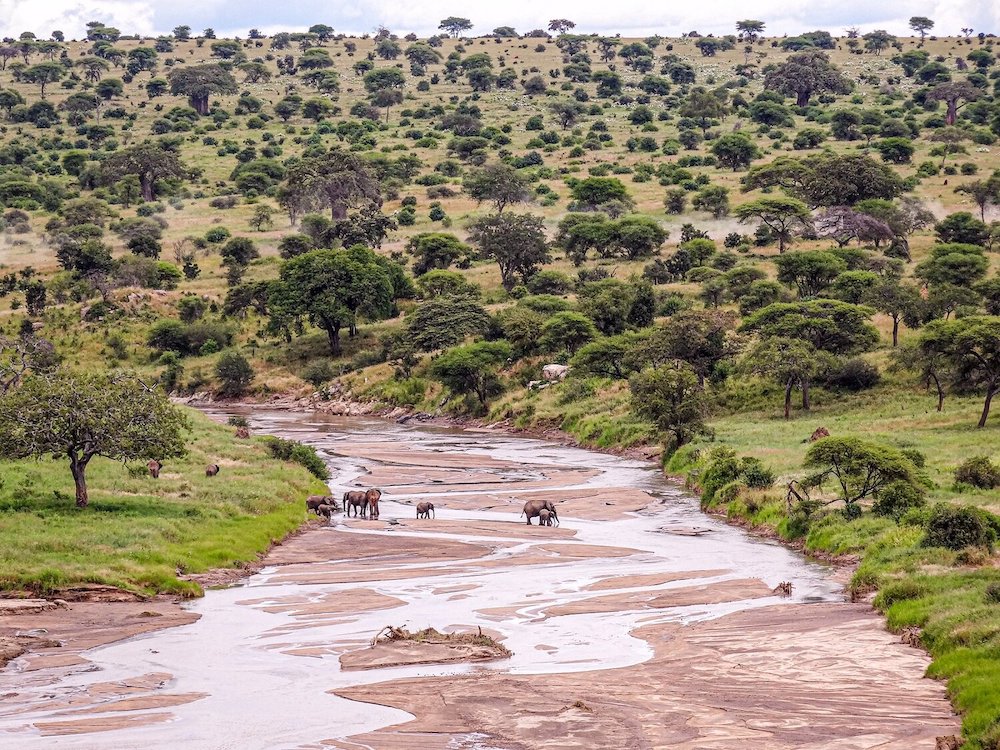
Swamps and Wetlands
In the southern part of the park, you’ll find extensive swamps and seasonal wetlands that become lush and vibrant during the rainy season. These wetlands support a different set of wildlife, including buffaloes, elephants, and a variety of waterbirds such as storks, herons, and flamingos. The contrast between dry savannah and green wetlands adds to Tarangire’s unique beauty and ecological diversity.
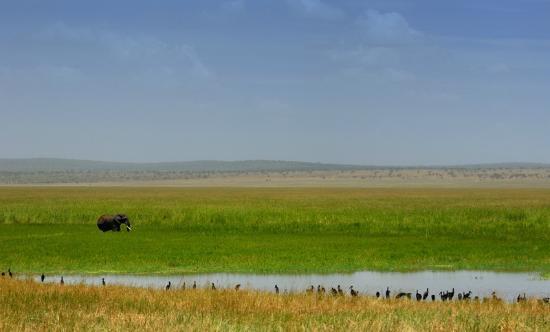
Thing to do/ Activities in Tarangire National park
Game Drive Safari:
The most popular activity in Tarangire, game drives offer excellent opportunities to see the park’s rich wildlife including elephants, lions, leopards, zebras, giraffes, and more.
With its diverse landscapes, from open savannahs to riverine forests, every drive offers something new. Game drives are especially rewarding during the dry season, when animals gather near the Tarangire River.
Bird Watching:
Tarangire is a paradise for bird lovers, boasting over 500 recorded bird species. The park’s wetlands, woodlands, and baobab groves attract a wide variety of birds such as lilac-breasted rollers, hornbills, kingfishers, and the endemic yellow-collared lovebird. Birdwatching can be enjoyed year-round but is especially vibrant during the wet season.
Night Game Drive:
For a completely different safari experience, night game drives offer the chance to see nocturnal animals such as porcupines, civets, bush babies, and even leopards on the hunt. While not allowed in the main public area of the park, they are available in nearby private concessions or camps just outside the park boundaries.
Walking Safari:
Guided walking safaris allow you to explore Tarangire on foot, accompanied by armed rangers and expert guides. It’s a chance to connect with the environment at ground level, discovering animal tracks, bird calls, plants, and insects that are often missed from a vehicle. These walks are typically conducted near lodges or in concession areas bordering the park.
Cultural Visit:
Visit nearby Maasai or Barabaig communities to experience Tanzania’s rich cultural heritage. Learn about their traditional lifestyles, cattle herding, crafts, music, and beliefs. These visits offer meaningful insights and authentic interactions, adding depth to your safari experience.
How to Get There
Tarangire National Park is easily accessible from Arusha, the gateway city to Tanzania’s northern safari circuit. It is about a 2 hour drive from Arusha, making it a convenient stop for visitors heading to the Serengeti or Ngorongoro Crater. Alternatively, you can fly into the Kilimanjaro International Airport (about 1.5 hours away to Arusha) and continue your journey by road to the park. For those seeking a quicker option, there are also charter flights available from Arusha to the park’s airstrip, offering a scenic aerial view of the landscapes below.
Best Time to Visit Tarangire National Park
The best time to visit Tarangire National Park depends on the type of wildlife experience you’re seeking:
Dry Season (June to October):
This is the peak time for wildlife viewing. The animals congregate around the Tarangire River and waterholes, making it easier to spot elephants, lions, giraffes, and more. The dry weather ensures the roads are passable and the visibility is excellent.
Green Season (November to April):
While Tarangire is less crowded during the rainy season, it’s also the time when the park’s lush landscapes come to life. This period is ideal for birdwatching, as migratory species flock to the area. However, some areas may be harder to access due to rains, and wildlife sightings can be more challenging.
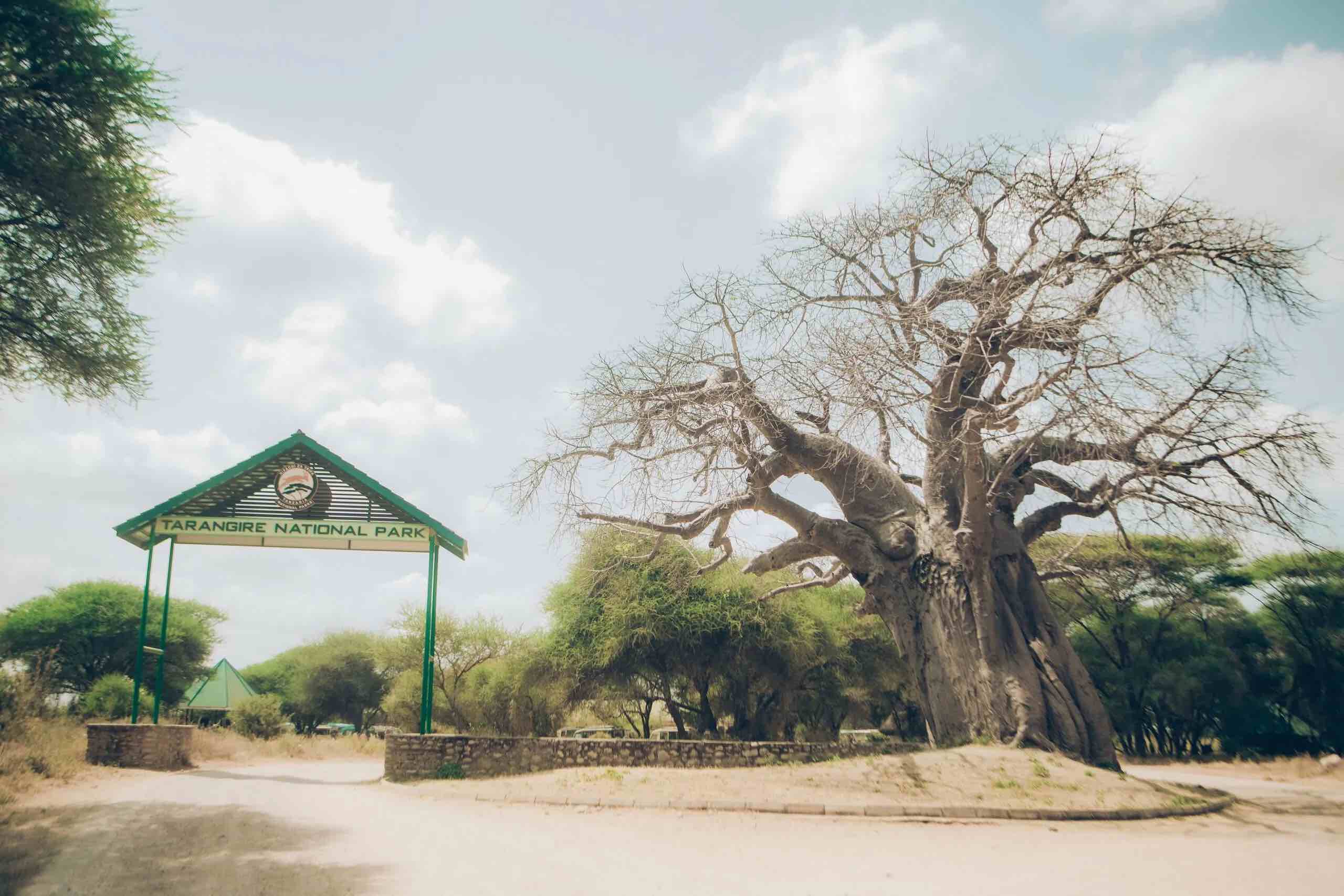
Tarangire National Park Weather and Climate
Tarangire National Park experiences a semi-arid climate, with distinct wet and dry seasons. The park’s climate is influenced by its location, with moderate temperatures throughout the year. Here’s what you can expect:
Dry Season (June to October):
Daytime temperatures range from 25°C to 30°C (77°F to 86°F), with cooler evenings. The dry weather makes it an ideal time for safari activities.
Rainy Season (November to April):
The long rains occur from March to May, with temperatures ranging from 20°C to 30°C (68°F to 86°F). During this time, the landscape becomes lush and green, though occasional heavy rains can make roads muddy and access to some areas difficult. The short rains in November and December can be sporadic but offer fewer tourists and vibrant scenery.
